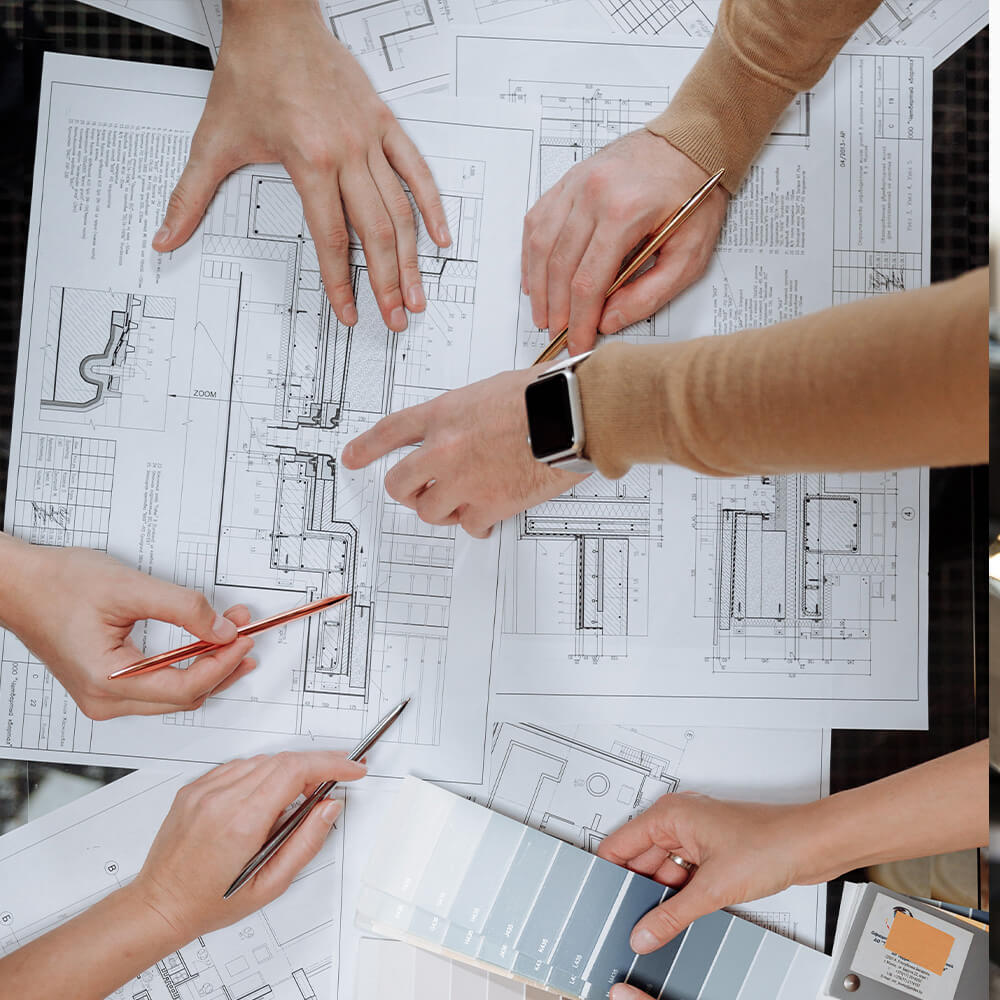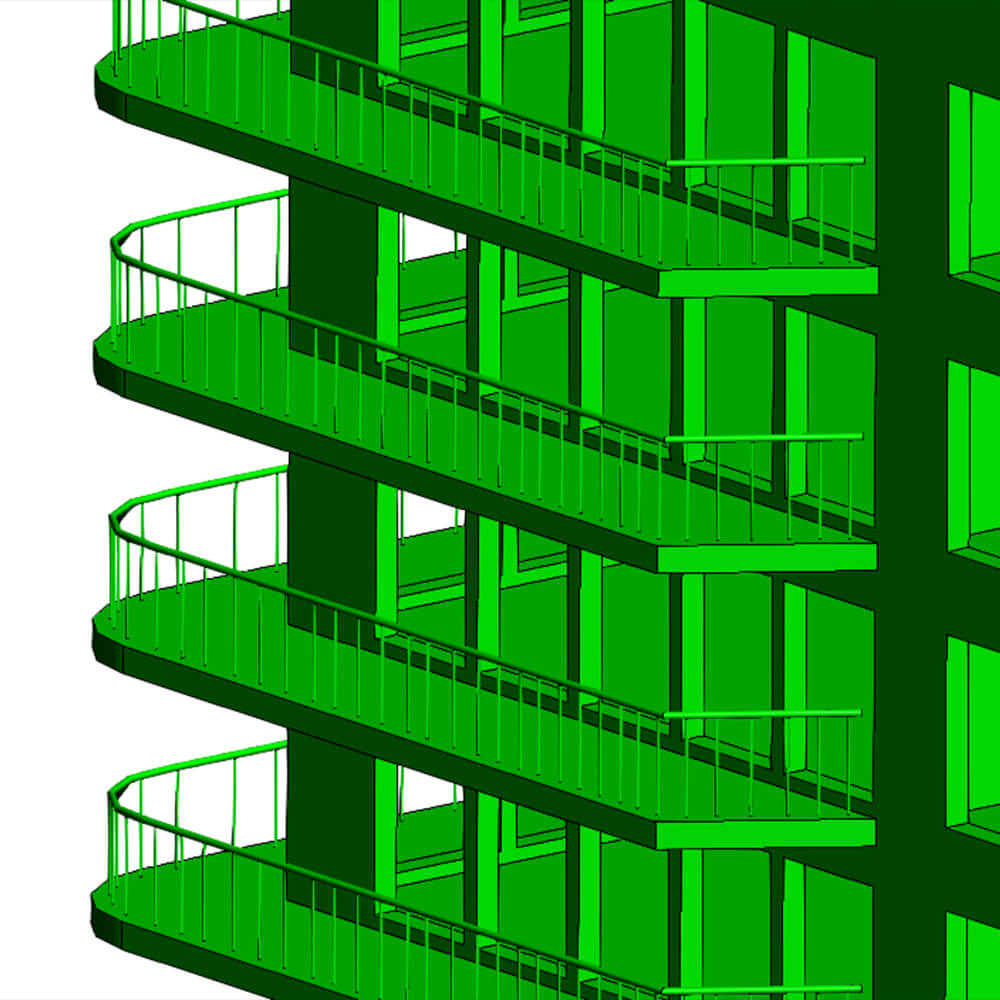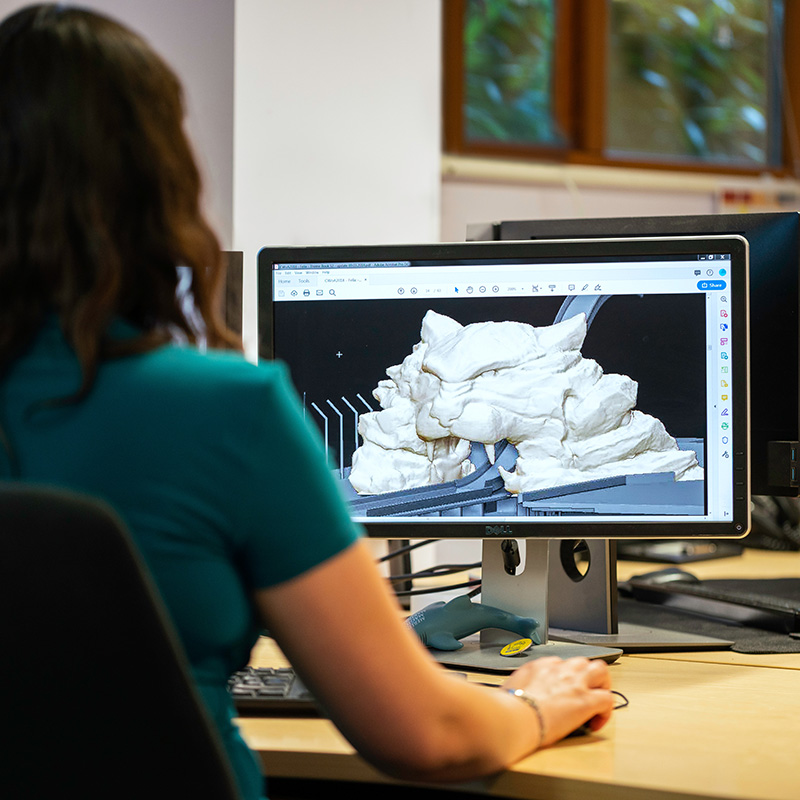Architecture Industry
The architecture industry has been revolutionized by the advent of 3D printing technology. It has opened new possibilities for architects, designers, and builders to create more complex, intricate, and detailed architectural designs, which was previously not possible with traditional manufacturing methods. In this article, we will discuss the impact of 3D printing in the architecture industry and its use in creating 3D-printed architectural models.
3D printing technology allows architects to turn their 2D designs into physical objects. It provides a quick and efficient way to create architectural models, which can be used for design visualization, presentation, and communication. These models are an important tool for architects as they help them to analyze, refine, and improve their designs.


3D-printed architectural models can be made from a variety of materials such as plastics, resins, and metals. This versatility in material options allows architects to create models that accurately represent the final building’s look and feel. Moreover, the use of 3D printing technology in creating architectural models significantly reduces the time and cost of traditional model making.
One of the key advantages of 3D printing in architecture is the ability to create complex geometries and intricate designs that would be difficult, if not impossible, to make with traditional methods. This means architects can create unique and innovative designs that were not feasible before, pushing the boundaries of what is possible in architecture. It also allows for greater customization and personalization, as each model can be tailored to the client’s specific needs and preferences.
Another advantage of 3D printing in architecture is its sustainability. 3D printing produces less waste than traditional manufacturing methods, as it only uses the material needed for the model. This reduces the environmental impact of model making, making it a more sustainable and eco-friendly option for architects.
3D printing in architecture is not limited to creating architectural models only. It can also be used to create functional and structural components of buildings, such as walls, columns, and beams. This technology has the potential to revolutionize the construction industry, as it allows for faster and more efficient building processes, reducing construction time and cost.


Moreover, 3D printing in architecture allows for greater flexibility in design changes. With traditional methods, making changes to a design means starting the process again from scratch. However, with 3D printing, changes can be easily made to the digital model and reprinted without the need for additional tooling or equipment.
3D printing in architecture has already been used in several high-profile projects, such as the 3D-printed office building in Dubai and the 3D-printed house in China. These projects have demonstrated the potential of 3D printing in architecture and its ability to push the boundaries of what is possible in construction.
3D printing has had a significant impact on the architecture industry, providing architects with new tools and techniques for designing and creating buildings. 3D printed architectural models are an essential tool for architects as they help them to visualize and refine their designs and communicate their ideas to clients and stakeholders. The use of 3D printing in architecture also has the potential to revolutionize the construction industry, allowing for faster, more efficient, and sustainable building processes. As this technology continues to develop, it is likely that we will see more innovative and complex designs in architecture, pushing the boundaries of what is possible in building design and construction.


